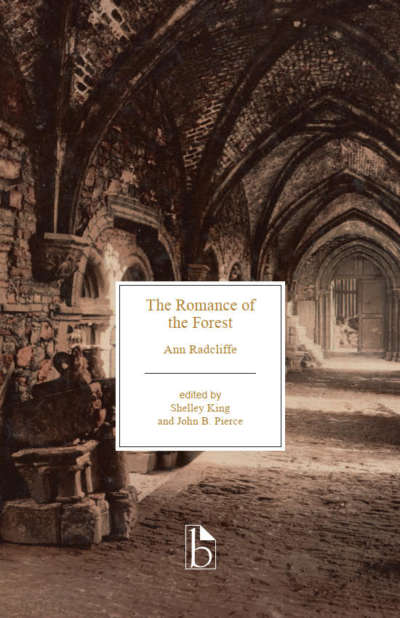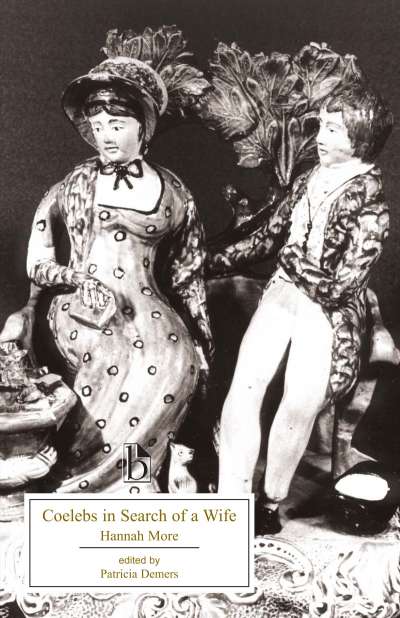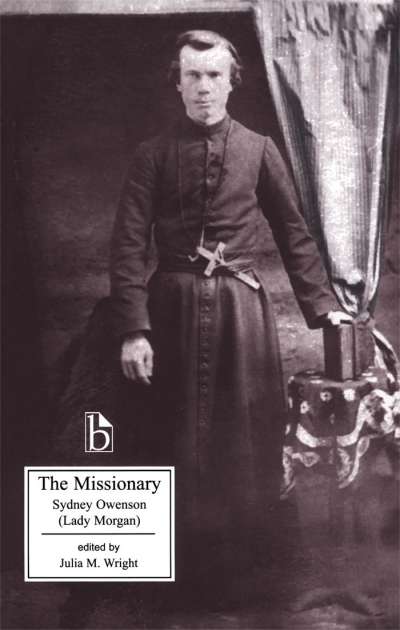In The Old Manor House (1794), Charlotte Smith combines elements of the romance, the Gothic, recent history, and culture to produce both a social document and a compelling novel. A “property romance,” the love story of Orlando and Monimia revolves around the Manor House as inheritable property. In situating their romance as dependent on the whims of property owners, Smith critiques a society in love with money at the expense of its most vulnerable members, the dispossessed.
Appendices in this edition include: contemporary responses; writings on the genre debate by Anna Letitia Barbauld, John Moore, and Walter Scott; and historical documents focusing on property laws as well as the American and French revolutions.
Comments
“Labbe’s celebratory introduction to The Old Manor House emphasizes Charlotte Smith’s literary modernity; the notes and appendices amplify Smith’s references to property law, revolutionary politics, and warfare. By implication, Smith’s novel is revealed as an extension of—rather than a mere reflection of—the contemporaneous debates that are so well represented in the scholarly apparatus. This is another excellent Broadview edition.” — Angela Keane, University of Sheffield
“Masquerading as a romance set in the 1770s, The Old Manor House satirizes characters who invoke feudal codes to mark the despotic authority of property over those who lack it but can imagine no other mode of genteel existence. Jacqueline Labbe’s new edition creates a valuable array of supplementary documents for reading the subtle politics of this novel and its negotiations with the terms of fictional romance.” — Theresa M. Kelley, University of Wisconsin-Madison













